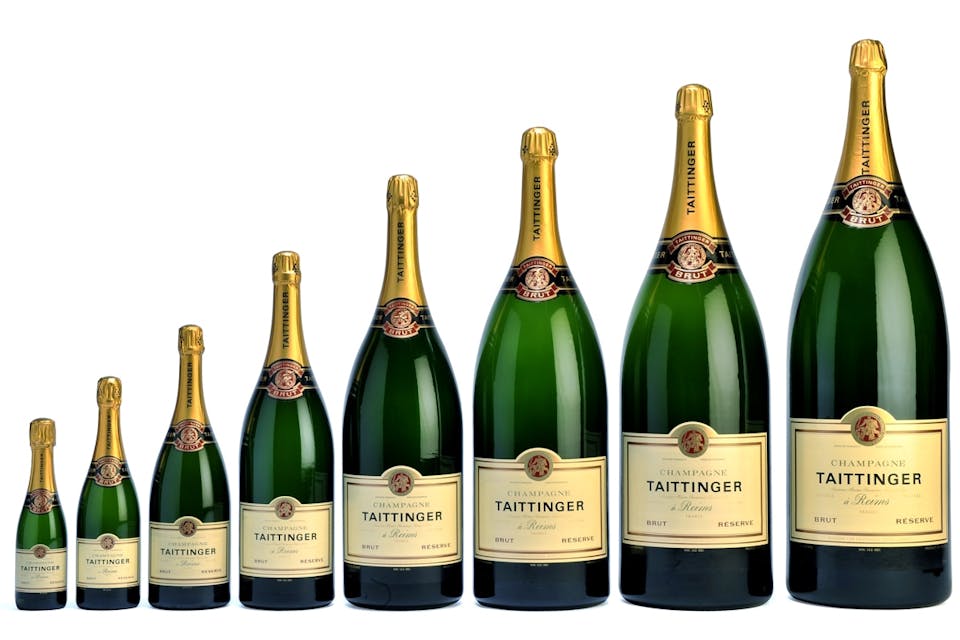
July 19, 2017
Why Are Extremely Large Wine Bottles Named after Biblical Kings?
By PhilologosThe convoluted story of jeroboams, rehoboams, methuselahs, and more.
Ours is not a Bible-reading age. Ask the average American what the names Jeroboam, Rehoboam, Nebuchadnezzar, and Shalmaneser have in common and he is more likely to guess that all belong to rock bands than that they belong to biblical kings. And even though ours is a wine-drinking age, how many of those who know the right answer would know that there is a second answer, too: namely, that these same names also denote different sizes of wine bottles?
To tell the truth, I didn’t know this myself until I recently came across an article on the subject that whet my curiosity. Like most drinkers of wine, I buy it in the standard three-quarters-of-a-liter bottles that are simply called “wine bottles.” I’ve never bought a two-liter bottle, known in the wine trade as a “magnum,” or a three-liter bottle or “jeroboam,” much less a rehoboam (4.5. liters), methuselah (6 liters), salmanazar (9 liters), balthazar (12 liters), nebuchadnezzar (15 liters), melchior (18 liters), solomon (21 liters), or melchizedek (30 liters). I can imagine that any of these would make an impressive gift, though. There is a French winery that advertises it will deliver a melchizedek of champagne to the front door of your choice for 4,386 euros, transportation and tips not included.
Actually, apart from magnum and jeroboam, few of these names, as my fellow British language columnist Michael Quinion has written, have ever been used very seriously. Most of them, Quinion says, “seem to have been fanciful creations, dreamed up by a person or persons unknown on the basis of the biblical associations of jeroboam.” We know, he writes “very little about the ‘how’ and the ‘why’ [of the differently sized bottles’ naming], and nothing at all about the ‘who.’”